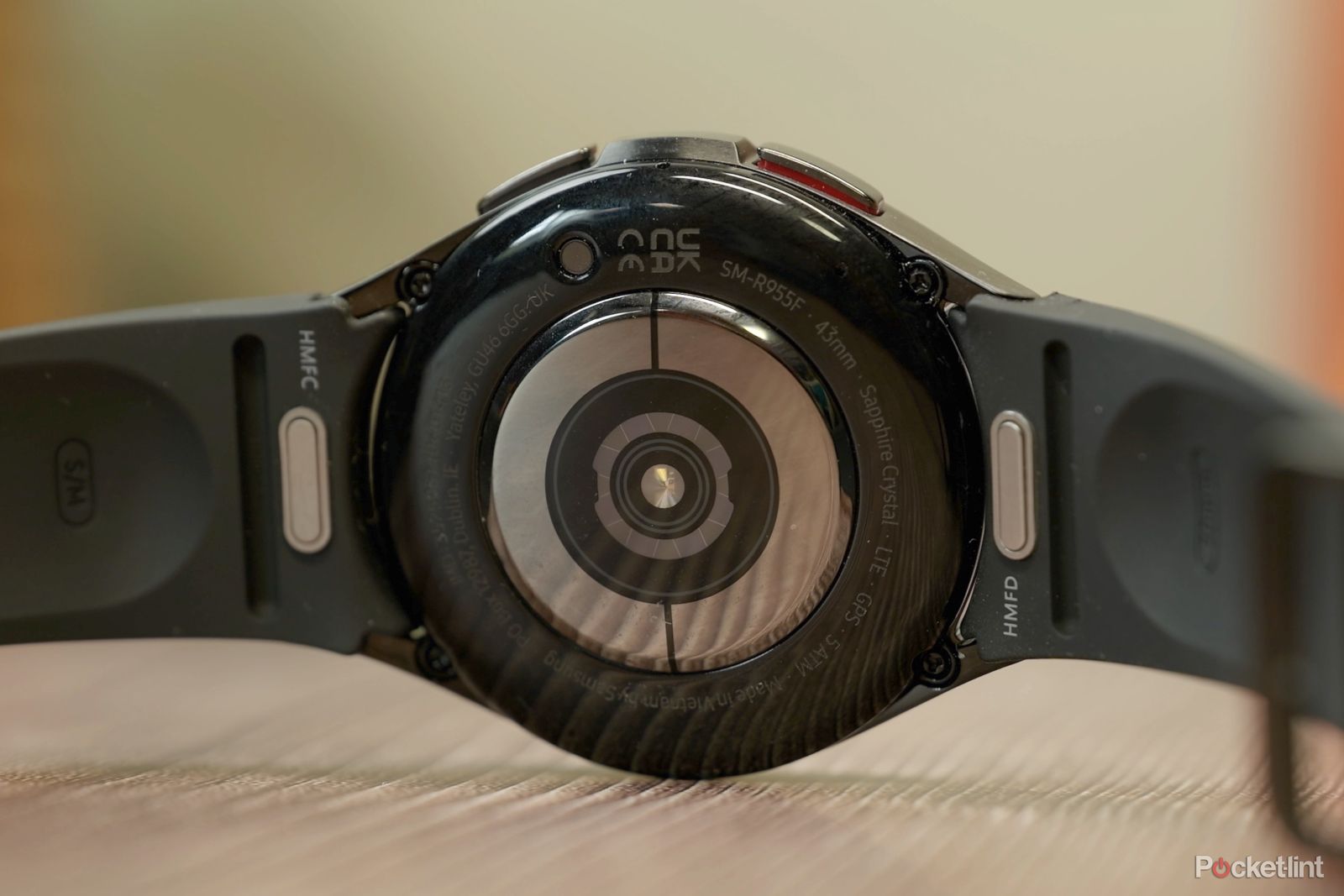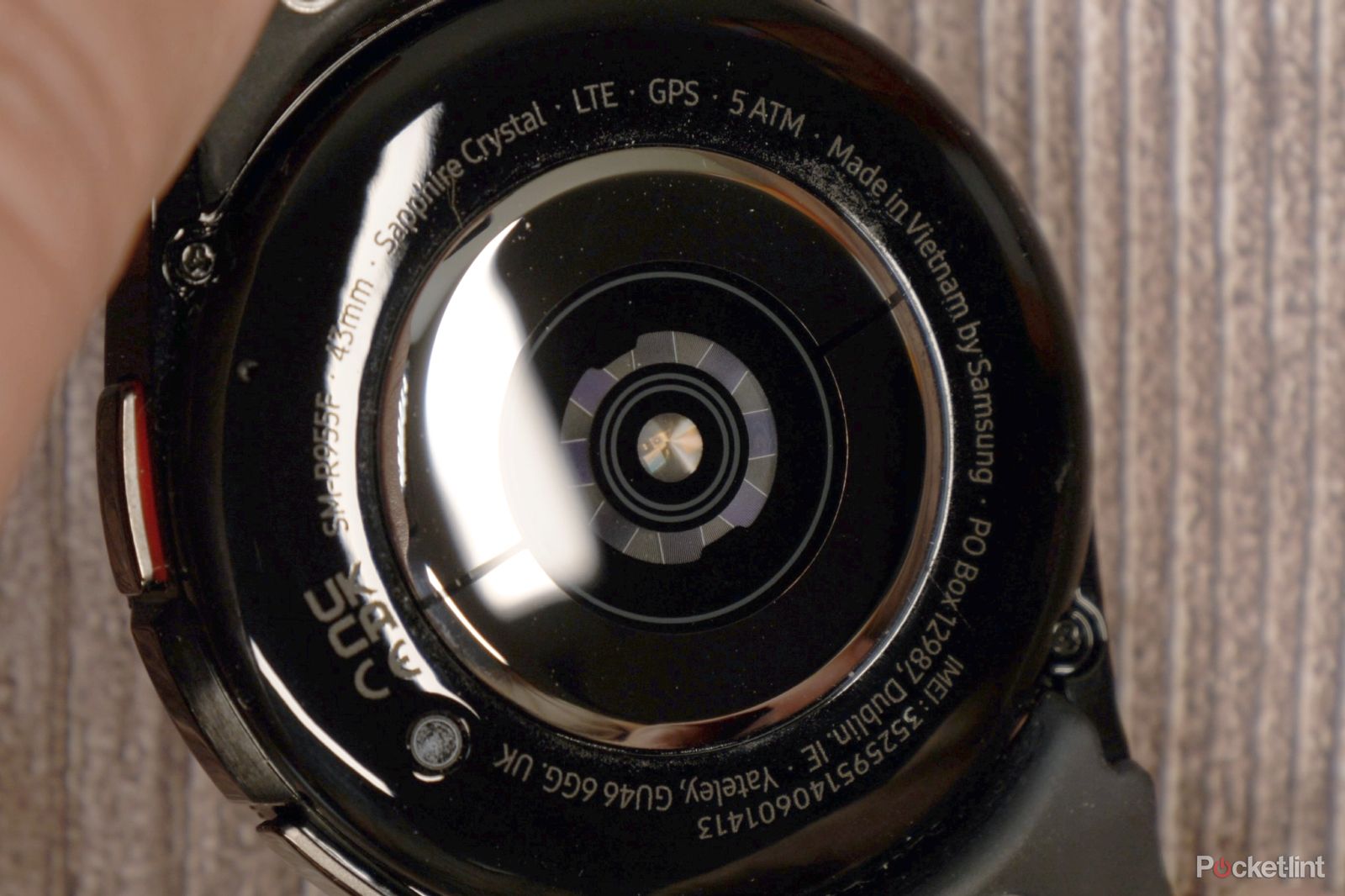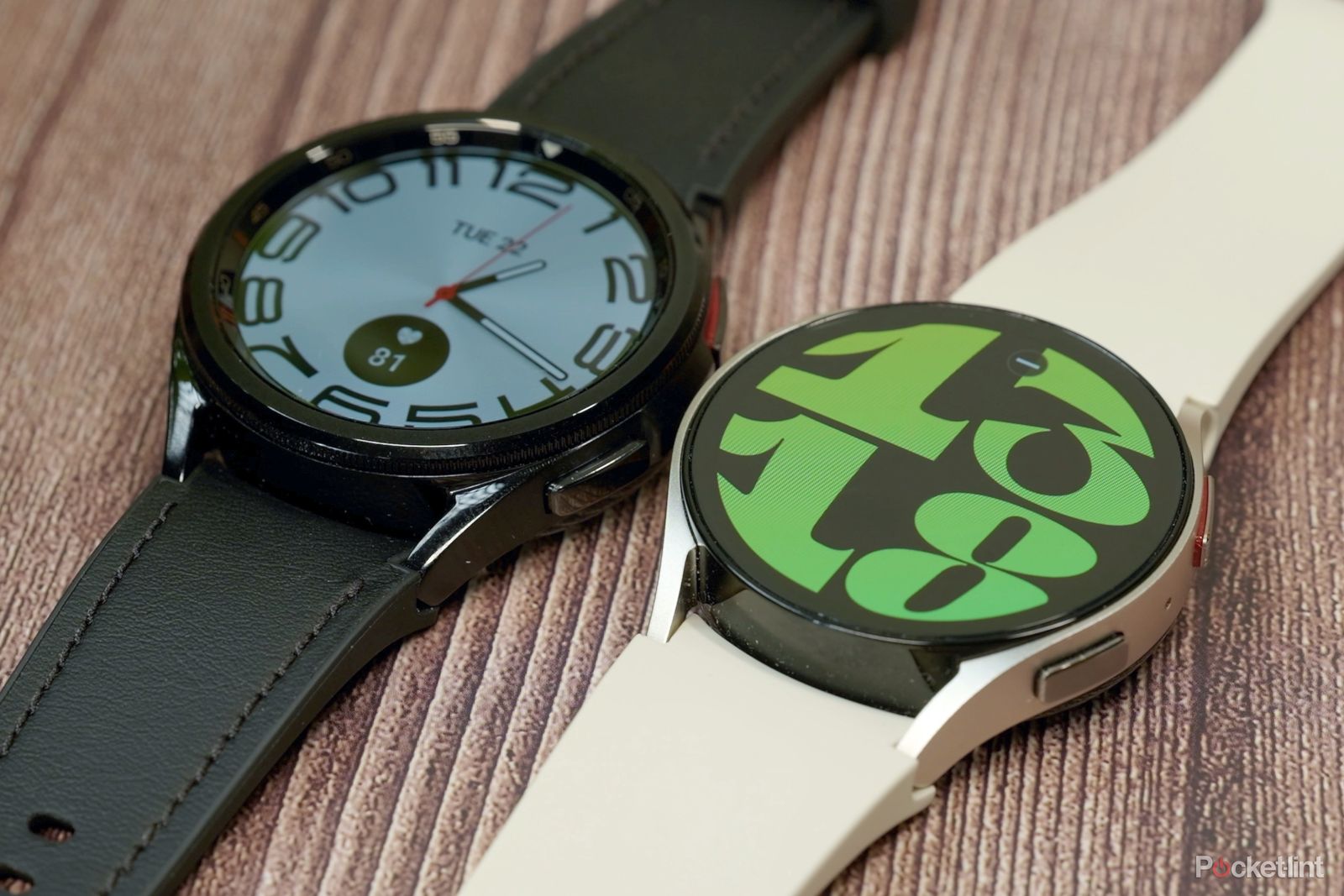Key Takeaways
- Monitoring stress levels is important in today’s fast-paced world. Using a Galaxy Watch can help track stress and identify triggers.
- A Galaxy Watch measures stress by analyzing heart rate and heart rate variability (HRV) data.
- Stress measurements from a smartwatch are approximations, but can still provide valuable insights into overall stress trends.
In recent times, our lives have changed quite a lot. With new technologies, new types of work and new ways of enjoying your free time, our days are completely different than even ten years ago. However, with these changes, more and more people are experiencing much more stress in their lives. We live quickly, everything has a deadline coming or something else to do, and all that keeps us more and more on the edge.
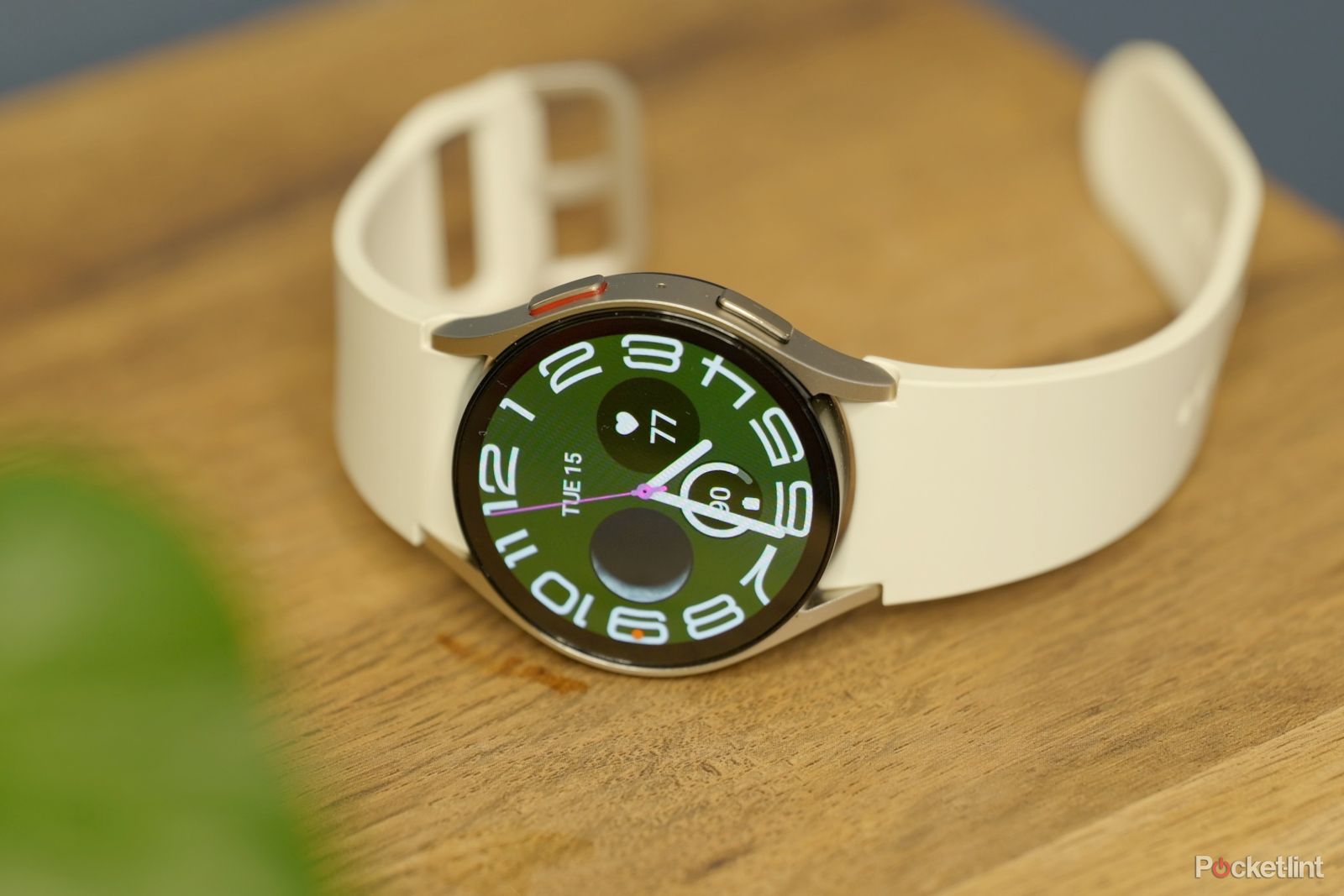
Best Samsung smartwatches: Which Galaxy Watch is right for you?
If you’re after a Samsung smartwatch to go with your Galaxy phone, discover the best options for value, performance and durability.
Therefore, it’s so important to take care of your stress levels, monitor them and keep track of how you’re feeling. Being conscious of your stress is the first step to reducing it. It allows you to recognize the situations that are the worst triggers for you, and you will be able to – hopefully – minimize them or at least take some steps to make them less stressful.
That’s why using a Galaxy Watch or one of the other best smartwatches to monitor your stress levels is so beneficial – it’s just a curious feature of an otherwise awesome smartwatch, it’s also a great step towards your well-being. Here’s everything you need to know about that feature – how it works and how to use it accurately.
How does a Galaxy Watch measure stress?
First, let’s look at the technology itself. Of course, a Galaxy Watch cannot literally measure your stress – it needs to look at the physical reaction of your body and try to assess your stress levels from that.
The Galaxy Watch series (starting from the Galaxy Watch series 4) measures your stress by taking two different measurements from the heart rate sensor. The first one is your heart rate and the second is the heart rate variability (HRV for short), which means the difference in the intervals between your heartbeat. Both of these are collectively used to approximately measure your stress levels.
Of course, this data alone can only get you so far, and is not the only way of measuring stress. Especially when you’ve just started wearing your Galaxy Watch, you might feel like the measurements are a little bit off compared to what you’re feeling. That’s because the third important component of stress measurements is the typical data of your own body. The more data your watch collects on both your heart rate, and the HRV, the more accurate its approximations of your personal stress levels become.
It’s also worth knowing that if you get a smartwatch with similar stress-measuring features, it’s possible that it might use a different way of measuring stress, which uses heart rate data compounded with the electromagnetic conductivity of your skin. It essentially measures how much your body is sweating, giving you an approximation of your stress levels that way.
How to measure stress levels with your Galaxy Watch
When you’re using a Samsung Galaxy Watch, you have two ways of measuring your stress. The first one is doing so manually, whenever you feel like knowing your stress levels. This gives you the ability to decide exactly when to measure and saves on battery life, but you also need to remember to do it consistently in order to gather more accurate data. You can also set your smartwatch to automatically measure your stress levels. This ensures consistency, but your battery life might suffer.
Here’s how to set both of these up:
Manually measure your stress on a Galaxy Watch
- Open the Samsung Health app on your Galaxy Watch.
- Scroll down to the Stress menu and tap on that option.
- In the main menu, tap Measure to start the measurement. If it’s your first time, you might have to grant your watch permission to collect your stress data.
- You need to stay still when the measurements are taking place. After a while, you’ll see your score, and you’ll also be able to see the results on your phone in more detail by swiping up and tapping Show on phone.
Set up your Galaxy Watch to automatically measure stress
- Open the Samsung Health app on your Galaxy Watch.
- Scroll down until you see Settings. Tap on it.
- Go to the Measurement section.
- Choose Stress.
- Toggle the Measure continuously settings to ON.
9:57

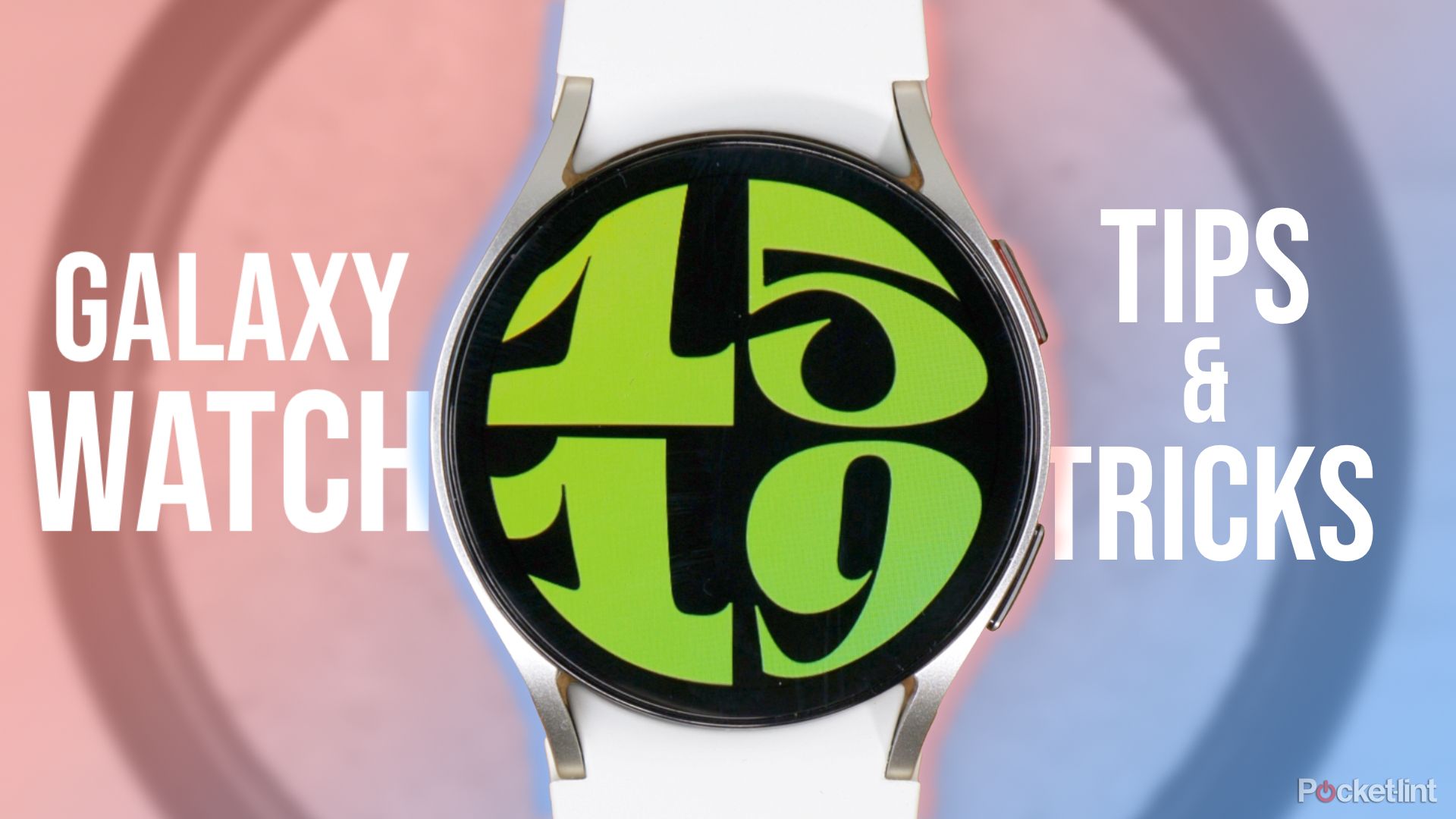
Samsung Galaxy Watch 6 tips and tricks: 16 essential features to try
Master your new Wear OS watch from Samsung with this collection of handy features and tricks to try on your Galaxy Watch.
Tips for measuring stress levels accurately
One thing has to be said right away – the stress levels measured by your watch, or any machine for that matter, are just more or less accurate approximations. How stressed you feel is, at the end of the day, your personal reaction to what happened throughout the day, and is mediated by much more than just your heart rate and the HRV. However, it’s a good indicator of the overall trend and the physiological reaction of your body, so these stress measurements are well worth taking into account when analyzing your day.
Therefore, it’s also worth taking these stress measurements in the best conditions possible, making them as accurate as they can be. In order to make sure they are measured well, you have to keep in mind that both your surroundings, as well as the device itself, offer the best possible conditions for an accurate approximation of your stress levels. Here are some best practices to follow to ensure good results:
- Clean your Galaxy Watch’s sensor before taking a measurement.
- When you start measuring your stress levels, remain seated and do not move or squeeze the hand with the watch.
- Before taking a measurement, rest for 30 minutes (especially if you’ve just finished some physical activities).
- Make sure that your watch strap is closed correctly, and is neither too tight, nor too loose on your wrist.
- Do not take measurements if your body temperature is colder or hotter than normal. Also, avoid measuring stress levels if the outside temperature is too far from what could be considered room temperature.
- Make sure that the software on your Galaxy Watch and your Samsung Health app are up to date.

Jessica Irvine is a tech enthusiast specializing in gadgets. From smart home devices to cutting-edge electronics, Jessica explores the world of consumer tech, offering readers comprehensive reviews, hands-on experiences, and expert insights into the coolest and most innovative gadgets on the market.

